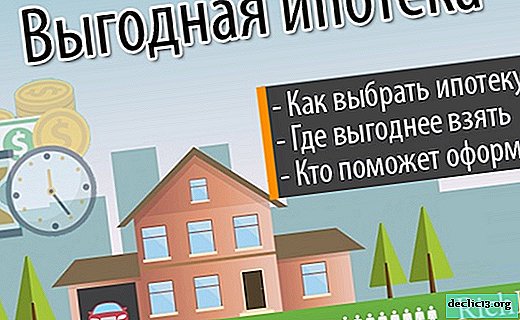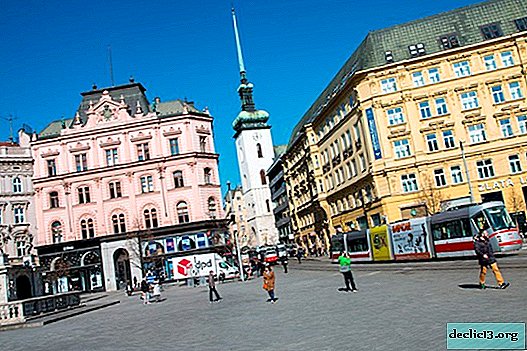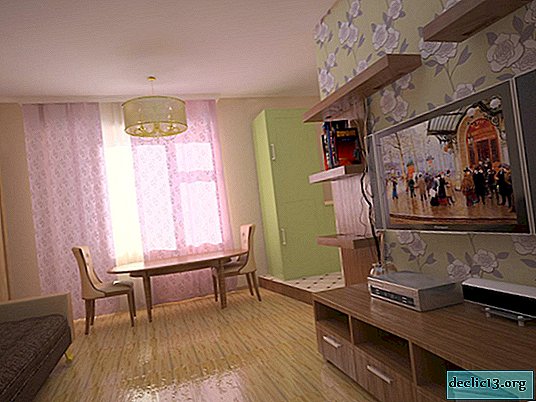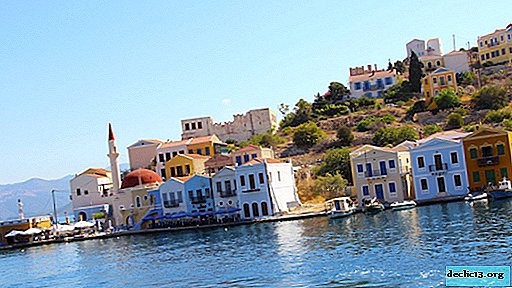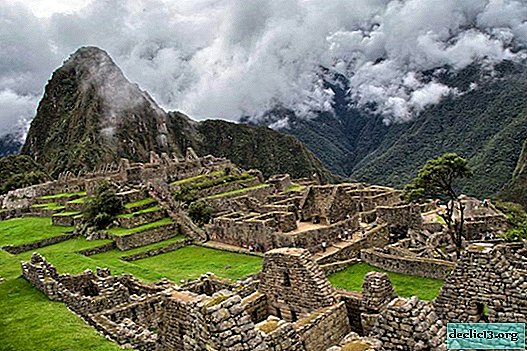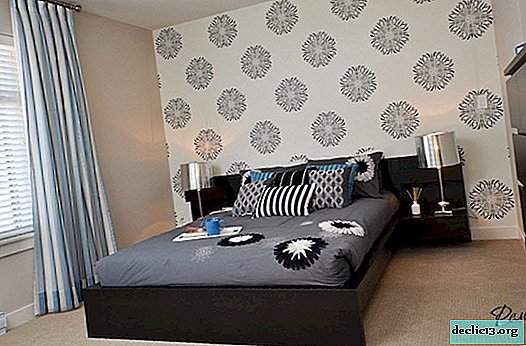New Delhi Subway - All You Need to Know
Metro Delhi is an inexpensive, fast and comfortable form of transport that allows you to move between all, even the most remote, urban areas. And while boarding a car or in the car itself you can find yourself in a crush, it’s much better than walking around the extremely polluted Indian capital on a bus or taxi - the metro in Delhi is very modern and always clean, especially compared to other facilities in this country.
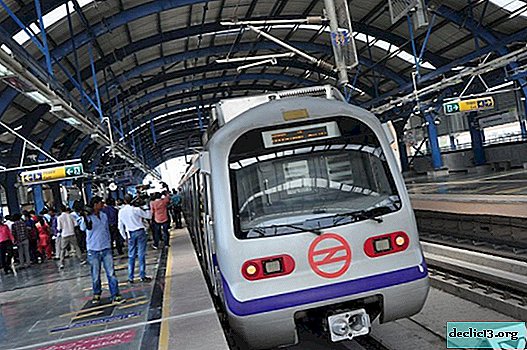
Interesting fact! According to the length of the lines, Delhi Metro takes 8th place in the world, and 18th in passenger traffic. Approximately 2,500,000 passengers resort to its services daily.
Using the Delhi metro has a number of advantages:
- The map of Delhi metro helps not only boldly use its services, but also easily navigate in a huge city.
- Metro lines connect the entire city with major stations and the airport. Such a scheme is convenient for travelers: leaving the plane, you can take the train and get to your hotel or to the necessary station to continue the journey.
- By metro you can get to almost all of Delhi's most popular attractions marked on a city map. And due to the fact that many kilometers of rail are on overpasses, when moving a train, you can look at the capital of India from a height.
General information about the Delhi metro

In the 80s of the twentieth century, the city authorities of Delhi proposed the need for the construction of a completely new transport system, which could combine underground metro lines and suburban trains. The plan and schemes of such a system were developed until the end of the 90s, after which they began to implement it.
The first branch (in the diagram it is marked in red) was launched in the early 2000s, and after 2 years the next branch was opened (in the diagram it is marked in yellow). In total, approximately 60 stations were built in the 2000s and 65 km of tracks were laid. The expansion and completion of the Delhi metro is constantly ongoing, and this process is being carried out at a very fast pace. To better assess the speed of construction, you can compare metro maps for different years of its existence.
The first gauge sections commissioned have a gauge width of 1,676 mm, which is in accordance with Indian standards. The sections commissioned later have a narrower gauge that meets European standards.

Currently, Delhi Metro is operated by the DMRC transport company. 300 trains are involved in passenger service, some of them have 4 wagons, others 6 or 8 wagons. All cars are air-conditioned.
Metro Delhi has one interesting feature: car number 1 in any train is designed exclusively for women! Although no one forbids women to ride in other cars, which they do, especially if they travel not alone, but in families.
Metro scheme: lines and their features
The subway network covers Delhi very tightly. Its system has 8 lines with a total length of 342.5 km and 250 stations. Only in the central part of New Delhi, the paths go underground (only 3 branches), and in other parts of the city they are laid along overpasses, above highways.
New Delhi metro schemes are available at all stations; they will help you get the right route and accurately select the direction you need.

Advice! On the walls of the central station Rajiv Chowk there are special stands with pockets in which the current schemes of the Delhi metro are located. You can take them completely free - they will always help you navigate in the metropolis.
The New Delhi orange metro line leads to the airport, but you need to know what Airport and Delhi Aerocity are. Airport is the 3rd terminal of the international airport, and Delhi Aerocity is the domestic airline terminal.
If you carefully look at the scheme of the transport system, it will be clearly visible that part of the branches is bifurcated. In this regard, you should always carefully listen to the announcements in order to know exactly where the train should be. For the same reason, it is necessary to read the information that is displayed on the scoreboard. Let's look at a situation with branching branches using an example. If you need to get to Akshardham from the RK Ahram Marg (in the diagram on the blue branch) (in the diagram also in the blue branch), you will have to go to Yamuna Bank and transfer there (you do not need to buy another token). When the next train arrives, an announcement will sound (and information will appear on the board) where it should go: to Vaishali or to Noida City Center. To get to Akshardham, you need to catch a train that goes in the direction of Noida City Center.

Advice! The lines are laid so that almost all city attractions can be reached by metro. It’s very convenient to navigate, since many stations located near significant places in Delhi have the same name: “Red Fort”, “Kashmir Gate”, “House of Parliament”.
Special attention should be paid to the transport system of Gurgaon and Noida - these are two satellite cities of New Delhi. The subways of these cities are connected with the subway of the Indian capital, and transfers to them are possible on the Delhi metro lines, which are shown in yellow and blue on the diagram.
Advice! For convenient and correct transition from branch to branch, special "tracks" are pasted on the floor of the stations. They correspond to the color of the necessary branch and lead directly to the goal.
The metropolitan city of Delhi continues to build and expand, creating relevant maps. That is why it is advisable to check all available information. The current metro line diagram is on the Delhi metro website: www.delhimetrorail.com
Schedule and travel interval
On the line that connects the city with the airport, trains begin at 4:45 in the morning, and on all other routes at 5:30. Completes its work at 23:30 metro.
 New Delhi Airport
New Delhi AirportTrains run at intervals of 5-10 minutes, and during peak hours the interval is reduced to 2-3 minutes.
Fare
To use the subway, you need to purchase a token or a travel card.

With tokens, everything is simple: they are sold at the box office, which are located at the entrances to the subway. Since the fare depends on the distance (the farther the more expensive), when buying, you must clearly tell the cashier the name of the destination. At each ticket office, there are schemes of Delhi metro lines on which prices are indicated - they range from 10 to 50 rupees, only a trip to the airport from the center of Delhi costs 60 rupees. Perhaps the biggest drawback in acquiring tokens is the queues in which you can stand for about 30 minutes.
If you are planning a long stay in Delhi, then it will be more advantageous and convenient to purchase a travel card (sart card). It is called a Travel Card, and you can buy it at information kiosks near the subway entrance. The price of a transport card is 150 rupees, with the card costing 50 rupees, and 100 rupees spent on travel. If necessary, the travel card can be replenished repeatedly at the box office or vending machines. The Travel Card is valid for a year, but leaving Delhi you can return it and get back its cost (50 rupees).

Guests of Delhi are offered to purchase a Tourist Card, which allows you to make any number of trips on all metro lines, except for the express train to the airport. There are tourist cards for 1 day for 200 rupees and for 3 days for 500 rupees, moreover, this amount also includes 50 rupees, which are returned upon delivery of the card.
Advice! Buying a tourist card is absolutely unjustified and it is much more profitable to purchase a Travel Card, which is bought by local residents of the Indian capital.
On the official website of the Delhi Metro //delhimetrorail.com/metro-fares.aspx, you can find out the exact fare between specific stations, as well as any possible changes in the cost of a travel card.
Rules for visiting and using the metro
- Advice! While waiting for the train on the platforms, all passengers are sure to line up - only in this order will it be possible to enter the carriage. Delhi solved the crush problem in this way.
- We must be prepared for the fact that the metro security service conducts a personal search of all passengers in the same way as at the airport. Police officers “shine through” all the luggage, and passengers check with a metal detector.
- To enter the subway system, a token or a travel card must be attached to the reading equipment on the turnstile. To get out of the subway, with the card again you need to repeat the same action, and throw the token into the slot on the turnstile.
- In the Delhi metro, it is forbidden to take photos or shoot videos (but if there are no police nearby, this can be done very easily).
- Unlike the CIS countries, where while standing on the escalator it is customary to stand on the right, and on the left you can walk up or down on foot, in India it's the other way around. Here on the escalators they stand on the left, and go on the right - in the Delhi subway, even the corresponding signs hang on the walls, "Please Keep Left".

Inspecting the subway and train station in New Delhi, buying a ticket:


